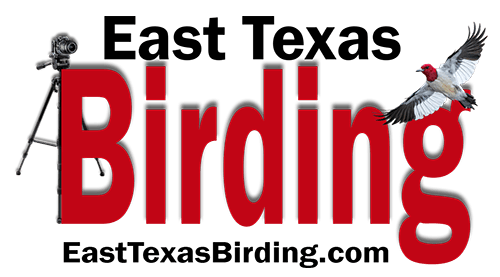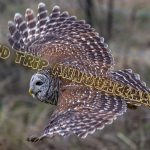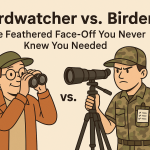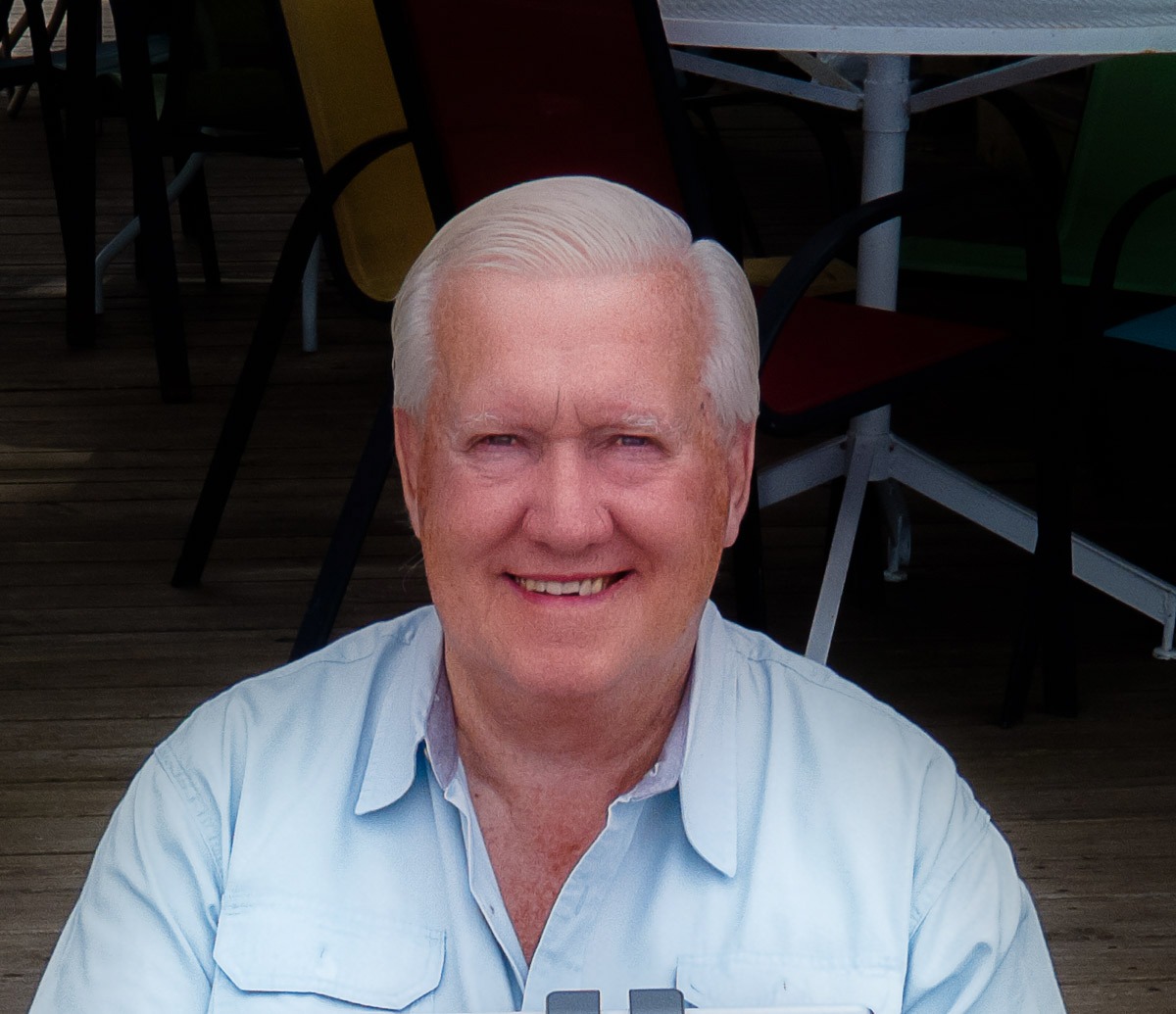I am big on making lists and setting goals. That really does not extend itself to New Year’s Resolutions for I basically perform the same function on no less than a monthly basis. It is sort of how frequent drinkers look at New Year’s Eve. They may not go out that night for they see is as “amateur night”. Setting goals once a year is sort of the same thing to me.
With that said, I have been working on some goals that just happen to fall in January – near the time of New Year’s Resolution time. These goals are geared towards improving my photography; in becoming a better photographer.
Here is a list of my plans for this year. They are all goals and steps for making myself a better photographer.
1. Become more intimate with my camera. By this, I mean that I need to take my camera in my hands at least once a week with the primary intention of learning to be faster changing critical and not so critical settings. Not only in the normal ways, but practice doing them with my eye at the viewfinder; doing it in the dark. I don’t lose many shots because I have the wrong setting when a situation presents itself, but I would be lying if I said that it doesn’t happen. It does. I may be shooting in the bright sunlight only to have a bird land on a branch in the deep shadows that is backlit by the bright sun. I change my ISO and add Exposure Compensation without moving my viewfinder from my eye, but I am not fast at it. I have to think about which direction do I turn the dial to add exposure compensation as opposed to lowering it. I don’t want to have to think about it. I want it to be so routine that I just do it without a thought. Besides the “usual” settings, I need to make myself get more familiar with those not so frequently used options. Familiar enough that changing them becomes routine so I can do it without thinking.
2. I must take pictures every day. I actually am already pretty good about this for I live in a great environment with lots of opportunities for photography. It is hard to open my door without a subject presenting itself. That might be a bird, a cloud formation, the squirrels, or other temptations. I will take more pictures.
3. Test my equipment to determine its best settings/usage. There is equipment in my camera bag, that I rarely use and have never tested. Even some of the less commonly used lenses have not been set up to run a series of tests with shots at different ISO settings, different f-stops, etc. For the most part, I learn some of the things I need to know by more haphazard trial and error methods. While I do eventually get there, as far as the knowledge goes, but I can do so with much more precision and in a much shorter time period. For the best shots, I really need to have a much better understanding of critical parameters so I know how far to push ISO or f-stops to get the best results. I must be better at knowing how to get the absolutely best results from my equipment.
4. Once a month, I will find try a different type of photography, whether that means a different subject, a different technique, different equipment (lights, extension tubes, or whatever), or unusual situations. I want to add variety to my photography. More importantly, I want to learn new skills that may very well overlap into my usual photography.
5. I will work harder on my monthly goals. Each month I set goals for myself to shoot certain subjects. For instance, in April, the reptiles start to get more active. In the month of April, I strive to take photos of snakes, turtles, and lizards. That is a good idea, but I need to give myself goals in the way of numbers of each type that I need to take that month. That motivates me to get out more and to push myself for more pictures. More pictures increase the chances of coming up with better pictures.
6. Take lots of pictures while using discretion. One of the most important ways to improve your photography is to take more pictures. That works in two ways really. First, you learn more by taking pictures, critiquing your photos, and learning what you did wrong (as well as what you did right). Secondly, when you take one or two photos of a bird sitting on a limb, you are not giving yourself enough opportunities to come up with something exceptional. It goes far beyond being technically correct – right settings, the right light, tripod, etc. If you take twenty or thirty shots of the same subject, you vastly increase the chances of something spectacular whether it is a change in light due to a cloud moving across the sun resulting in a slight color shift, maybe the bird tilting his head for just a moment catching a glint in its eye while giving a wondrous expression that only last a second. Click. Got it. Okay, it was one of thirty. Maybe number 22 or 13, but you got it. The chances are that you wouldn’t have gotten it if you had just taken two. However, you can go too far. There is a difference between twenty or thirty and three hundred. I have been guilty of 300. I will continue to take twenty or thirty – maybe a few more but will try not to get to 300 as often. I don’t mind having to go through all the photos that I take. That is part of the dedication I have to be a good photographer and the difference between being a good one and just a would be.
7. I will always use my tripod. Well, almost always. That one is easy for I do normally use it but I need to have it on the list to remind myself of how important it is. With nature photography, it is sometimes difficult to use a tripod, but you still need to every time that you can. It is just like the test mentioned above. If you want to see something amazing, take some test shots with your longest lens in so so lighting conditions. Do it first handheld and then take the same shots on a tripod. Blow the images up. You will likely be amazed. Yes, there are circumstances where it is difficult to use a tripod, such as birds in flight. It is also not always convenient to carry one while hiking in difficult terrain or for long distances. So, don’t do it then, but every other time USE YOUR TRIPOD.
8. Every chance I get, I am going to search for unusual opportunities and subjects to photograph. I will strive for the unusual. There are so many things out there that we do not pay attention to at all. I will look for those and make note of their uniqueness so I can photograph them. It is a matter of expanding the way I look at things.
9. Each month, I will watch at least one training course on either photography techniques, Lightroom, Photoshop, or other equipment. That shouldn’t be that much of a challenge for I usually watch at least once a week. I want to make sure that I continue doing that, for it is critical. My Lightroom skills have increased dramatically over the past year and that is partly from using it more, but mostly from the training videos that I have watched this year.
10. I will pick out one common object and photograph it weekly. I will strive to find different ways to “see” it, trying to find the unusual and different. In addition, I will expand that thought to other common items. The goal is to take pictures of common things in uncommon ways. It is not enough to get a technically great shot of a Northern Cardinal on a limb in perfect light with a fantastic background. I have dozens and dozens of those and people say “Oh, that is so pretty…” but we photographers know that it is just another Cardinal picture. But when I catch a Cardinal in those same settings and find a way to cause it to lean forward a bit, tilting her head giving her a quizzical look in her eye, it is suddenly no longer a common picture – now it is something special. Then again, I may just pick out the fence behind my BBQ grill. That is pretty common. Now the challenge is how I can photograph it in an uncommon way. Those kinds of pictures are what sets pictures apart; what sets photographers apart and I don’t want to just be a common photographer.
Sound like fun? It does to me. I look forward to having a fun year learning more and becoming a better photographer.









Related Posts
Don’t Call Me a Birdwatcher! A Birder’s Guide to the Ultimate Identity Crisis
Why Every Birder Should Use eBird: 8 Reasons It is a Game-Changer!
Where the Birds Sing: Birding Adventures From Scenic View on Lone Star Lake
Spring Migration in Texas: The Original Air Show